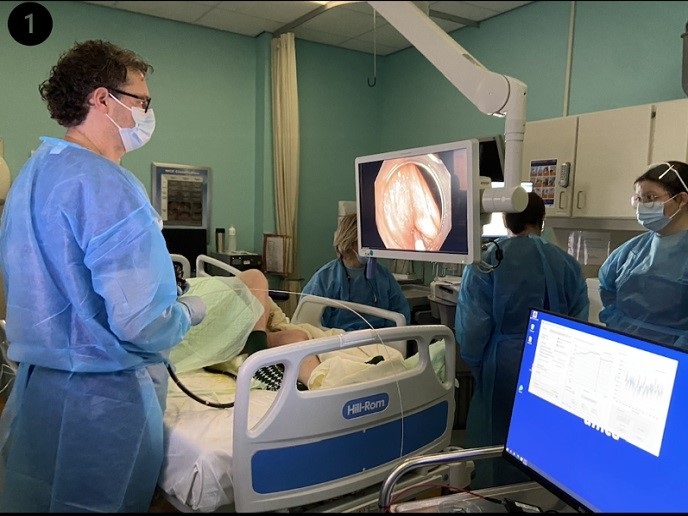Building virtual intestine to fine-tune the formulations of new drugs
Knowing what happens to a drug after it is swallowed has big implications for accurate and efficient dosage. The majority of drug molecules discovered today are lipophilic and suffer poor aqueous solubility, which means a great amount of effort is spent designing different formulations that can help deliver them effectively. The EU-funded INTESTINANOS project aimed to address this by developing an in vitro system that could accurately model the processes happening inside the gut. The physical device is supplemented by an advanced molecular simulation that offers computational tools to explore, understand and redesign formulations. The solubility of a drug in the intestine is the key factor in its bioavailability to the host. “The higher its solubility in gastrointestinal fluid, the higher permeation of drug across the intestine,” explains project coordinator Christel Bergström. Lipophilic drug molecules may be formulated with lipids to increase the amount dissolved in the intestine. In the gut, bile helps to solubilise fats and lipids, forming globules known as micelles. Lipophilic molecules – including drugs – then become a part of these complexes and the availability to absorption will be dependent on, amongst other things, the digestive process.
Missing tools
Prior to the INTESTINANOS project, existing systems modelled these processes in parallel, carrying out separate experiments for each. “When I started there were no techniques available to understand advanced drug delivery and performance in the gastrointestinal tract,” says Bergström, “really a gap in the toolbox to under how drug formulations perform while they are ingested.” This shortfall led to inaccurate forecasts, such as predicting that a drug would precipitate out of solution, when in reality it was absorbed into the blood. “These models didn’t connect to dynamics of system, they were not a good representation of in vivo reality,” Bergström remarks. “We wanted to explore all this simultaneously.” At Uppsala University in Sweden(opens in new window), Bergström’s team carried out a study that modelled the processes of drug release, digestion and permeation simultaneously, as experiments with a lipid focus, investigating the dynamic interplay of micelles with enzymatic systems. With help from researchers at KU Leuven(opens in new window), the team built five virtual intestines, reflecting the variability that exists between individuals. “For the time being, we only have models for healthy Europeans, based on the population that the KU Leuven scientists had access to,” says Bergström. She adds that the team now wish to establish models for different ethnic populations, age cohorts and patient groups, such as those with inflammatory bowel disease.
Commercialisation
Their sophisticated model intestine is now in the process of being commercialised through a spin-out company called Enphasys(opens in new window).“We’re now looking to miniaturise it and make it applicable for automated handling and suitable for medium throughput,” says Bergström. The work was supported by the European Research Council(opens in new window). “Having a grant big enough to recruit a critical mass of researchers has been crucial for success of the programme,” notes Bergström. “And you get the muscle to address difficult questions. On a personal level, it was critical for where I am as a researcher today, it opened a lot of doors.” One of Bergström’s team has since secured an ERC consolidator grant to continue the research in new directions, such as the targeted development of oral medication for young people suffering from inflammatory bowel disease. “We have built a very strong team at Uppsala starting from this grant, to continue to ask difficult questions in an interdisciplinary manner,” she concludes.







